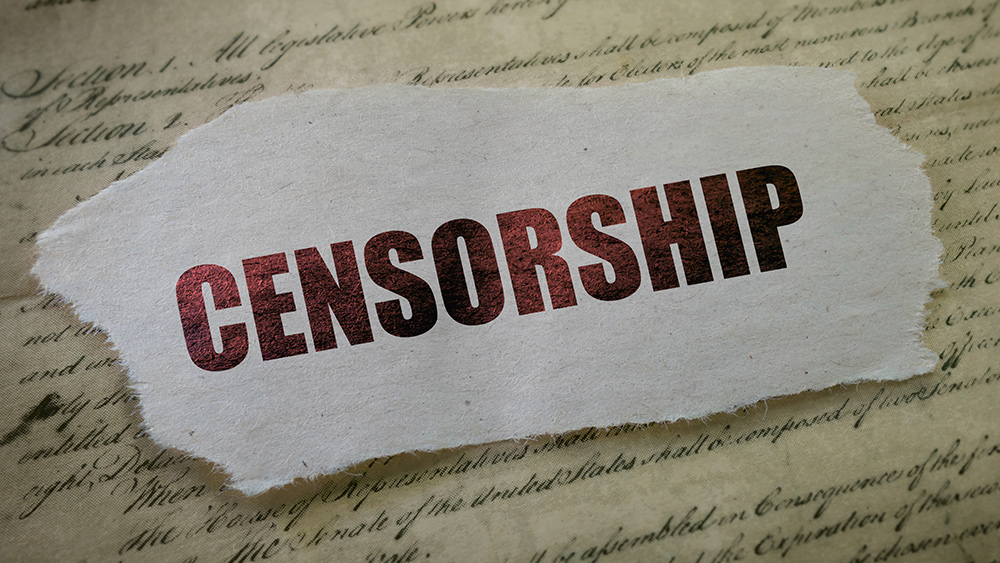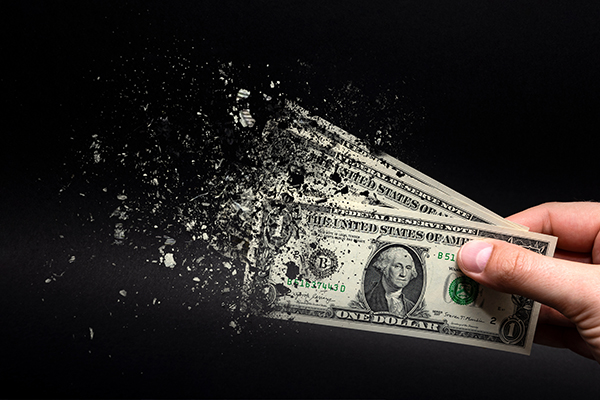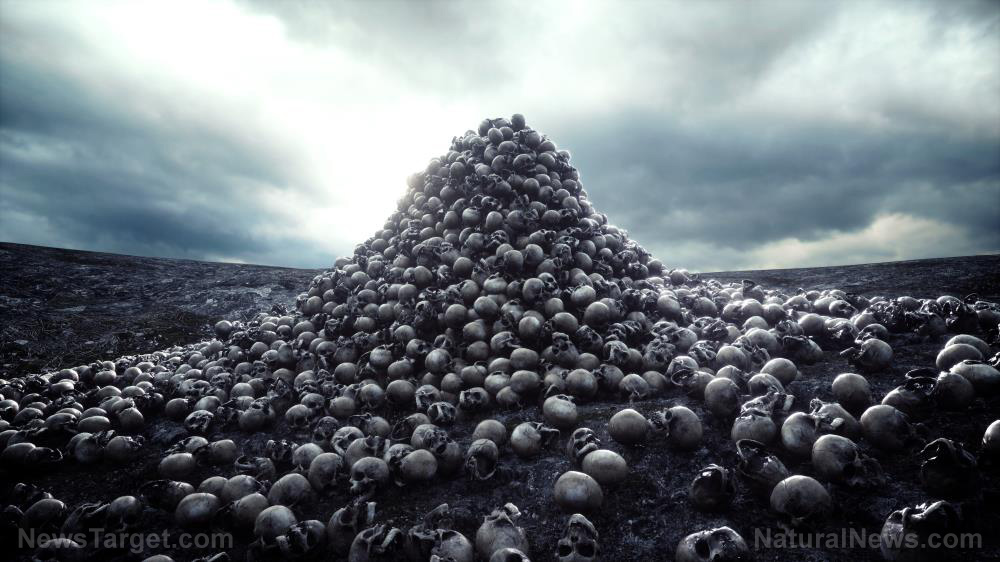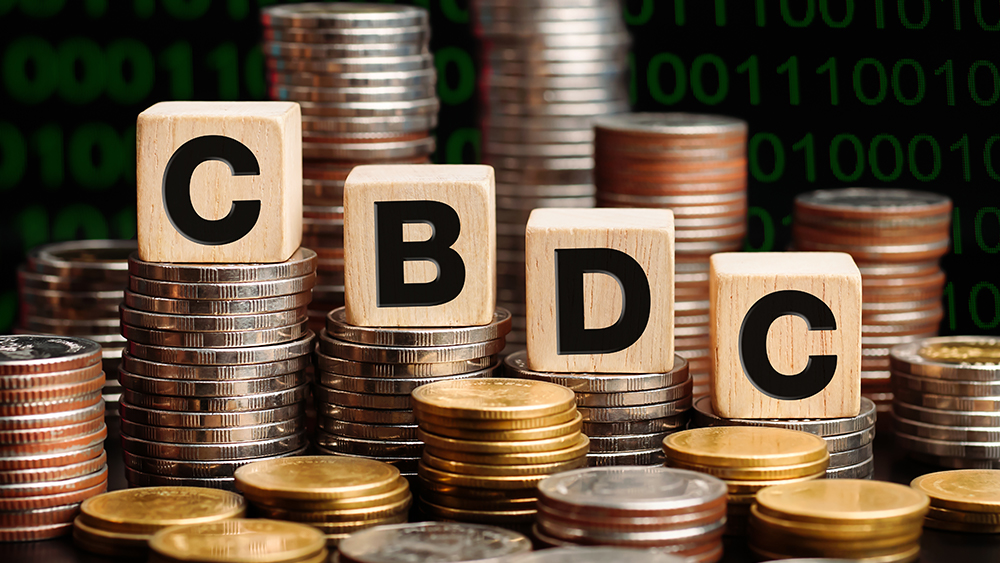
"You get the biggest rallies in bear markets" as they say, and Tuesday saw a phenomenal risk rally to lift global stocks (DAX +7.9%, S&P +2.6%), hammer bonds (US 10s +11bp, German 10s +11bp), and a concurrent collapse in oil prices (Brent -12%). The Euro also surged vs. the USD. In short -- and this was all about shorts -- ‘Merry Xmas, War is Over’ by John Lennon was in the air.
(Article by Tyler Durden republished from ZeroHedge.com)
Let’s be clear, the rally was about options hedging/short squeezes, not new developments in the war or energy markets. We are seeing a change in some of the rhetoric on both but delivering on it such that it matters on the ground (and, eventually, for markets) is another thing. Meanwhile, broader developments point to far more volatility of the sort seen so far this week.
In the actual war, the UK is sending more anti-tank and more advanced anti-jet weaponry to Ukraine, but the US is firmly blocking MiG-29 jets from Poland for fear of escalation. Russia is now formally accused of using thermobaric weapons. Hospitals are being bombed. Mariupol’s blockade is a humanitarian disaster. President Zelenskiy is calling Russia’s implied tactical nuclear threat a “bluff”; US intelligence yesterday stated they don’t think it is.
In negotiations about how to end the war, US press -- hours after the news was out- - are picking up reports that Israeli PM Bennett, a mediator between Russia and Ukraine, sees a possible window of opportunity for a ceasefire if Ukraine: hands over Crimea and the Donbas, demilitarises, won’t join NATO (or presumably the EU), and hands over real power to a pro-Russian prime minister. (Who will presumably guide the country back east over time.) The story also says there are doubts that Ukraine will agree: the Ukrainian people, if not the leadership, may well not go along with it, risking a Syria-style insurgency. What the US press did not cover was that Putin has apparently stated if Zelenskiy does not accept these terms he will crush Ukraine, even at the cost of tens of thousands of lives. And Ukraine yesterday stated it will not give up an inch of territory.
This is not to say Ukraine won’t eventually be forced into accepting such Melian terms, especially if the West refuses to back it any further. Yet that ‘off-ramp’, which markets will cheer as they did yesterday, would mean a Russian military and geopolitical victory and Ukraine losing sovereignty. That opens doors to more wars elsewhere in the future. So do you want massive market volatility now, or even more later? (Do I really have to ask? The can-kicking market answer will be “later!”)
In already massively-volatile energy, the US announced the UAE would increase output – which the UAE then denied. The Iran deal is on hold, as Russia publicly insists it isn’t enough to give Tehran billions, let it build ballistic missiles, and free its terrorists from US watchlists; Moscow also has to have carte-blanche to trade with it without US and EU sanctions applying. That may be a bridge too far even for the US. Bloomberg says President Biden will eventually have to pick up the phone to Saudi Prince MBS. If that is also a bridge too far, US Department of Energy (DOE) Secretary Granholm yesterday told US energy executives: “We are on a war footing. The DOE and Biden administration are ready to work with you. We need oil and gas production to rise.” But it will take time for the US to bridge energy shortfalls, and the entire green/ESG framework will have to change to do so. Granholm added: “We can walk and chew gum at the same time.” Can they?
In other commodities, Ukraine has banned the export of agri products until the end of the year, which while expected by markets underlines where risks still lie – a lack of physical product for delivery. Indeed, Russia will today announce which countries it will stop selling which of its commodities to – and there have been hints that energy could be involved.
On physical supply, Richard Field, Director of the Institute for Financial Transparency, tweets: “Is there a reason anyone would want to trade on an exchange that cancels trades after they have been made because the exchange doesn't have policies in place to ensure there is adequate collateral to guarantee performance of the trade?”
He’s talking about the LME and its ‘do-over’ this week that, along with a credit line to a Chinese metals broker from a US financial institution with a focus on Chinese wealth management, saw ‘calm’ return to trading - if by calm you mean the end of trading. Yes, Indonesia is going to produce more nickel. But the growing risks are we see failures to deliver becoming a recurrent theme across markets as the commodity complex gets sucked into the maelstrom Russia has created.
If you want a further indication of how much messier things can get yet, Russia is proposing legislation to nationalize the assets left behind by foreign firms departing the country; and Russia’s sanctioned VTB bank is offering ordinary Russians CNY deposits paying 8%.
The US, on the other hand, is to officially launch the initial stage of a potential ‘digital dollar’. Imagine the centralized power of the dollar’s global hegemony AND the power to switch access to it and off instantly, as happened with Russia’s ‘analogue’ FX reserves. And imagine how many people won’t want to be a part of that geopolitical system. (Or of a Chinese or Russian equivalent when they are rolled out.)
Understand that and understand that where we are heading is not about a simple counter trade (i.e., the rally we just saw) but Countertrade, the economic definition of which at Investopedia is:
“a reciprocal form of international trade in which goods or services are exchanged for other goods or services rather than for hard currency. This type of international trade is more common in developing countries with limited foreign exchange or credit facilities. Countertrade can be classified into three broad categories: barter, counterpurchase, and offset.
In any form, countertrade provides a mechanism for countries with limited access to liquid funds to exchange goods and services with other nations. Countertrade is part of an overall import and export strategy that ensures a country with limited domestic resources has access to needed items and raw materials. Additionally, it provides the exporting nation with an opportunity to offer goods and services in a larger international market, promoting growth within its industries.
Barter: Bartering is the oldest countertrade arrangement. It is the direct exchange of goods and services with an equivalent value but with no cash settlement. The bartering transaction is referred to as a trade. For example, a bag of nuts might be exchanged for coffee beans or meat.
Counterpurchase: Under a counterpurchase arrangement, the exporter sells goods or services to an importer and agrees to also purchase other goods from the importer within a specified period. Unlike bartering, exporters entering into a counterpurchase arrangement must use a trading firm to sell the goods they purchase and will not use the goods themselves.
Offset: In an offset arrangement, the seller assists in marketing products manufactured by the buying country or allows part of the exported product's assembly to be carried out by manufacturers in the buying country. This practice is common in aerospace, defence and certain infrastructure industries. Offsetting is also more common for larger, more expensive items. An offset arrangement may also be referred to as industrial participation or industrial cooperation.”
You know when this was last prevalent? In the Cold War, when the world was split into blocs (West/Communist/unaligned), with the Communists including Soviet and Chinese ‘foreign trade organizations’ with monopolies. (And fixed/dual exchange rates; capital controls; and central planning.)
Just as many in markets had to dust off economic history books for words like “mercantilism” and “monetisation”, they now need to look at scanned PDFs of 1980’s economic journals describing how trade within and with the former COMECON communist bloc worked. Yet modern Countertrade did not originate there, dear readers. As just such a 1980’s economic journal notes:
“Ominously, the origin of many modern CT terms can be traced to the inter-war years, and in particular to Hjalmar Schacht, President of the Reichsbank under Hitler. Schacht resorted to countertrade because some of the underdeveloped countries at that time, notably in the Balkans, were faced with acute liquidity problems, and were unable to pay for German goods, while Germany wanted their raw materials. A clearing system was established which permitted the countries to settle their net positions once a year in hard currency or gold. The term “compensation”, used to describe many forms of countertrade, derives from the German word Kompensationsgeshäft, as such clearing operations were called in the 1930s. Another common term for those transactions is Gegengeschäft, which translated into English literally means countertrade.”
Any comparison with the 1930’s should always raise eyebrows. However, that decade’s FX - clearing – trade - geopolitical fragmentation of a previous liberal international system, the USSR aside, remains a clear warning to us today. As does the fact that despite countertrade, in 1939 Germany was still importing 1/3 of its raw materials but then switched to military conquest to gain its resources. We already have a war, and on some of the same territory.
If you don’t deal in physical commodities this can all seem very abstract, except where it perhaps implies a smaller universe of FX markets to day-trade. But don’t think the maelstrom in the fundamental global architecture that feeds and fuels us, and makes the products we buy, won’t eventually spread to other financial assets too.
Indeed, look at the massive market volatility this week and imagine a Fed blindly pressing ahead with 6 or 7 hikes this year on top of it! And if you want a near-term example, wait to see what the ECB say today about the risks of a major war on their doorstep, a fiscal revolution towards EU rearmament, and a rapid decoupling from Russian energy and commodities. Or wait for the US CPI report, where the February m/m figure is seen at 0.8% and the y/y at 7.9%, and 6.4% even excluding food and energy. Bloomberg economics are now flagging risks of double-digit US inflation ahead if the stars align wrongly.
Read more at: ZeroHedge.com
Please contact us for more information.















